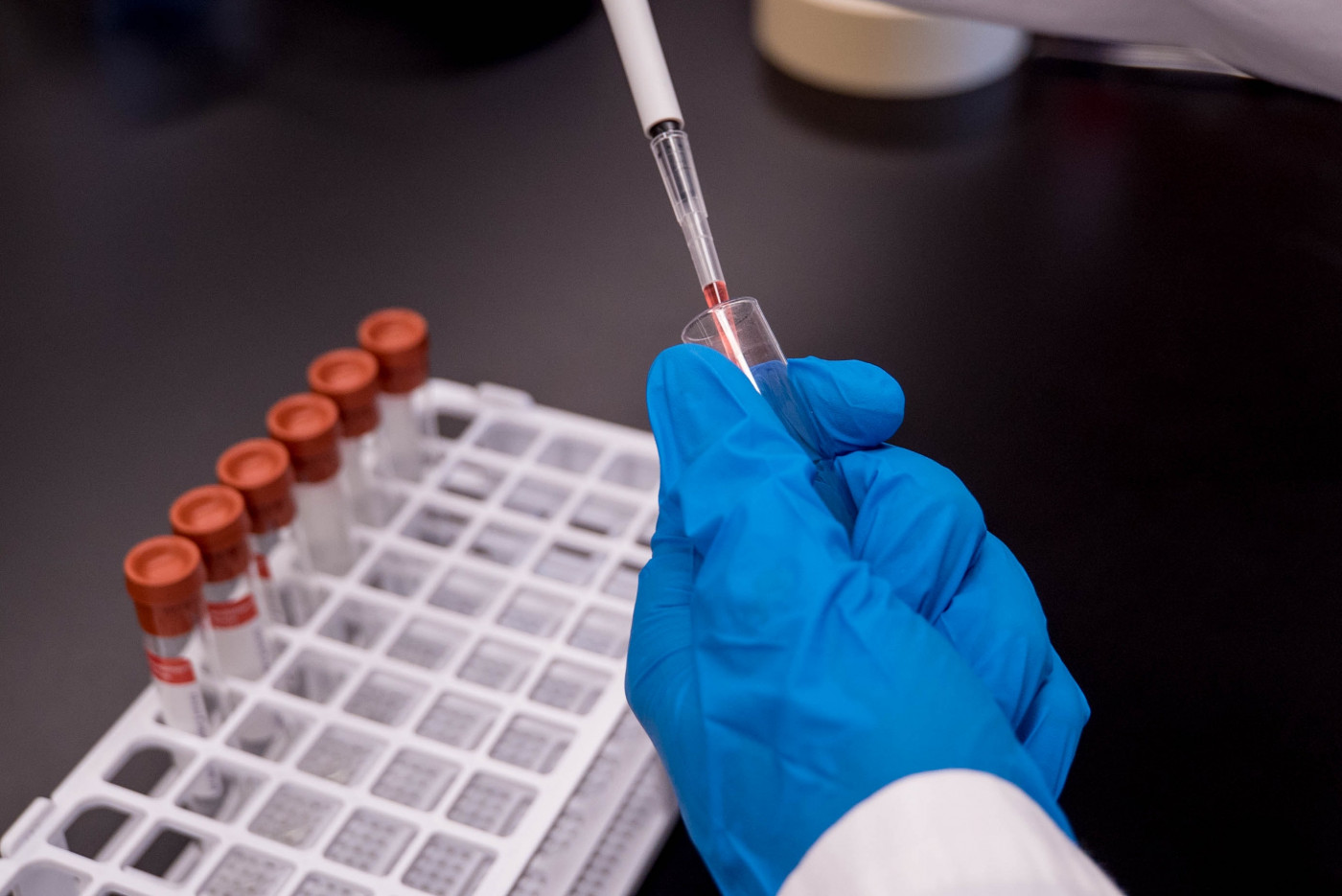High Relapse Risk Found in AAV Patients With Recurrent or Persistent ANCA Antibodies
Written by |

Having persistently or recurrently high levels of ANCA antibodies is associated with a greater risk of relapse in people with ANCA-associated vasculitis (AAV), a recent study has found.
In patients whose ANCA antibodies target the myeloperoxidase (MPO) protein, a recurrent ANCA pattern was also significantly associated with worse kidney prognosis.
The findings support the routine monitoring of ANCA levels in AAV patients, so that those at greater risk of relapse or kidney failure can be given more aggressive treatments.
The study, “Relapse Rate and Renal Prognosis in ANCA-associated Vasculitis According to Long-term ANCA Patterns,” was published in Clinical and Experimental Immunology.
AAV, a condition characterized by inflammation and damage to blood vessels, is typically caused by the production of antibodies that mistakenly target and attack neutrophils — a type of white blood cell.
These antibodies, collectively known as anti-neutrophil cytoplasmic autoantibodies or ANCAs, exist in two major subtypes: those targeting the proteinase 3 protein (PR3-ANCA) and those that bind the MPO protein (MPO-ANCA).
While levels of these antibodies are widely used to diagnose AAV, there is no consensus on the advantage of monitoring ANCA levels during follow-up for predicting disease relapse, likely due to the different criteria used to define an increase in ANCA levels and also clinical relapse.
Still, most clinicians continue to monitor ANCA levels routinely, so the data is available to address these inconsistencies.
In the new study, researchers at the Universitat Autònoma de Barcelona, in Spain, aimed to determine how changes in ANCA levels through follow-up related to disease relapse and kidney failure in AAV patients.
To that end, the team enrolled 99 AAV patients who had been tested for ANCA antibodies at least five times during their follow-up, and whose levels reached 20 U/ml or higher at least once. The minimum follow-up time was six months.
Overall, the group included 55 patients with microscopic polyangiitis (MPA), 36 with granulomatosis with polyangiitis (GPA), and eight with eosinophilic granulomatosis with polyangiitis.
Also, a total of 67 patients were positive for MPO-ANCA antibodies, while the remaining 32 had PR3-ANCA antibodies. On average, these patients were 56.5 years old at the time of their diagnosis, and were followed for a median of nine years.
Participants were classified into four groups — monophasic, remitting, recurrent, and persistent — based on the long-term behavior of their ANCA levels.
Those with an initial ANCA peak and subsequent negative results were deemed as having a monophasic pattern (26 patients; 26.3%), while those with an initial peak followed by persistently low ANCA levels (below 20 U/ml) were included in the remitting pattern group (13 patients; 13.1%).
A recurrent pattern was seen in 39 patients (39.4%) and defined as at least two successive peaks of ANCA antibodies, with periods of negative results. Finally, a persistent pattern was defined as sustained high levels of ANCA antibodies (above 20 U/ml) throughout follow-up, and was observed in 21 patients (21.2%).
Results showed that patients in the recurrent and persistent groups had similar relapse rates (87.2% vs. 71.4%), which were much higher than in those with monophasic (23.1%) or remitting patterns (30.8%).
Statistical analyses then demonstrated that patients in the persistent and recurrent group were 2.94 and 3.67 times more likely to experience a relapse than those in the monophasic group (which served as the control group).
Also, when patients were grouped into recurrent/persistent and the monophasic/remitting patterns, those whose ANCA levels kept peaking or remained high throughout follow-up were 3.55 more likely to relapse, compared with patients who attained negative or low levels of ANCAs after an initial peak.
Additional factors that were significantly associated with a relapse included arthritis, eye involvement, and treatment with the immunosuppressive medication rituximab. Fever appeared to protect from relapses.
The team then went on to examine how these ANCA patterns related to kidney failure in AAV patients. Since the majority of patients with worsening kidney function or kidney failure had MPO-ANCA antibodies, the analysis was exclusively focused on this population.
Results showed that patients in the recurrent and recurrent/persistent groups were significantly more likely to experience worsening kidney failure. The risk of kidney failure, however, was lower in patients with arthritis and symptoms affecting different systems in the body (such as weight loss, fever, and fatigue).
Overall, the study demonstrates that AAV patients with recurrent and persistent ANCA antibodies have a higher risk of clinical relapse, and that those with anti-MPO antibodies and similar long-term ANCA patterns have worse renal prognosis.
“Our results would suggest that a more aggressive treatment may be needed in these patients in order to preserve their renal function,” the researchers wrote.





